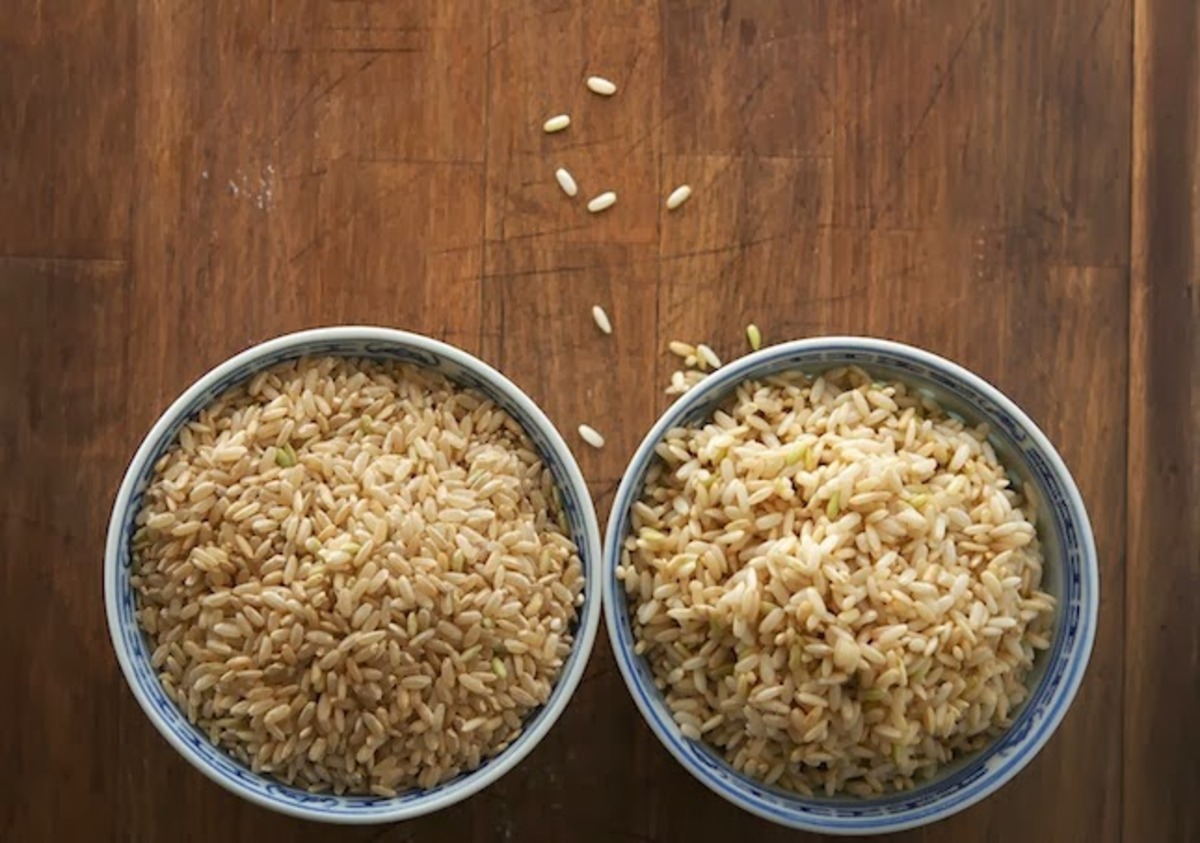

Articles
How To Make Gaba Rice In Rice Cooker
Modified: February 21, 2024
Learn how to make delicious Gaba rice in your rice cooker with our step-by-step guide. Check out our articles for easy-to-follow recipes and tips.
(Many of the links in this article redirect to a specific reviewed product. Your purchase of these products through affiliate links helps to generate commission for Storables.com, at no extra cost. Learn more)
Introduction
Welcome to the world of Gaba Rice! If you’re a rice lover looking to add a healthy twist to your meals, then Gaba Rice is the perfect choice for you. Gaba Rice, short for Gamma-Aminobutyric Acid Rice, is a type of rice that has gained popularity in recent years due to its numerous health benefits. In this article, we will guide you on how to make Gaba Rice in a rice cooker, making it a hassle-free process that anyone can do in the comfort of their own kitchen.
But first, you may be wondering, what exactly is Gaba Rice? Gaba Rice is a special type of brown rice that has gone through a natural germination process before being harvested. During this process, the rice is soaked in water until it germinates, which activates the production of GABA, a naturally occurring amino acid in the rice grain. GABA has been associated with numerous health benefits, including stress reduction, improved sleep patterns, and enhanced brain function.
Now, let’s delve into the benefits of Gaba Rice. One of the key advantages of Gaba Rice is its high GABA content. GABA acts as a neurotransmitter in the central nervous system and helps to regulate brain function. Consuming Gaba Rice has been linked to improved mood, reduced anxiety, and overall mental well-being.
Additionally, Gaba Rice is known to contain higher levels of antioxidants compared to regular white rice. Antioxidants help to protect our cells from oxidative damage caused by free radicals, which can contribute to various diseases and premature aging. By including Gaba Rice in your diet, you can boost your antioxidant intake and support your body’s defense against harmful substances.
Furthermore, Gaba Rice is packed with essential nutrients such as vitamins, minerals, and dietary fiber. These nutrients are crucial for maintaining a healthy body and supporting proper bodily functions. Gaba Rice is also a great source of complex carbohydrates, providing a slow and steady release of energy, keeping you full and satisfied throughout the day.
Now that we’ve highlighted the incredible benefits of Gaba Rice, it’s time to dive into the process of making it in a rice cooker. Don’t worry if you’re not a culinary expert – we have simplified the steps to ensure that even beginners can achieve perfectly cooked Gaba Rice every time. So let’s get started on this delicious and nutritious journey of making Gaba Rice in a rice cooker.
Key Takeaways:
- Elevate your meals with Gaba Rice, packed with antioxidants, nutrients, and GABA for stress reduction and improved sleep. Easily prepare this nutty, chewy rice in a rice cooker for a delightful culinary experience.
- Unleash the potential of Gaba Rice by fermenting it after cooking, enhancing its GABA content and developing a unique tangy flavor. Get creative with flavor variations and serving options to savor this nutritious delight.
Read also: 10 Unbelievable Gaba Rice Cooker For 2024
What is Gaba Rice?
Gaba Rice, also known as Gamma-Aminobutyric Acid Rice, is a special type of rice that has gained popularity for its exceptional health benefits. It is made from brown rice that has undergone a unique germination process before being harvested. During this process, the rice is soaked in water for a specific period, allowing it to sprout and activate the production of gamma-aminobutyric acid (GABA) within the rice grain.
GABA is a naturally occurring amino acid that acts as a neurotransmitter in the central nervous system. It plays a crucial role in regulating brain function, promoting a sense of calm and relaxation. Research suggests that consuming foods rich in GABA, such as Gaba Rice, can have a positive impact on mental health and overall well-being.
One of the primary reasons behind the popularity of Gaba Rice is its unique nutrient profile. Compared to regular white rice, Gaba Rice retains a higher concentration of vitamins, minerals, and antioxidants. It is also rich in dietary fiber, making it an excellent choice for those looking to improve their digestive health.
Gaba Rice is also known for its abundance of antioxidants. Antioxidants help to protect our cells from damage caused by free radicals, which are unstable molecules that can contribute to the development of chronic diseases and accelerate the aging process. By including Gaba Rice in your diet, you can increase your intake of antioxidants and promote optimal health.
Another notable characteristic of Gaba Rice is its lower glycemic index compared to white rice. The glycemic index is a measure of how quickly carbohydrates in food raise blood sugar levels. Foods with a high glycemic index can lead to rapid spikes in blood sugar, followed by a crash, resulting in hunger and cravings. Gaba Rice, with its lower glycemic index, provides a more sustained release of energy, keeping you full and satisfied for longer periods.
Gaba Rice has a slightly nutty flavor and a chewy texture, making it a delightful addition to various dishes. It pairs well with a wide range of cuisines, from Asian stir-fries to hearty grain bowls and salads. Whether you’re a rice enthusiast or looking for a healthier alternative to white rice, Gaba Rice is a fantastic choice that combines nutrition, taste, and wellness benefits.
In the next section, we will explore the step-by-step process of making Gaba Rice in a rice cooker, allowing you to incorporate this nutritious and delicious rice into your everyday meals.
Benefits of Gaba Rice
Gaba Rice, also known as Gamma-Aminobutyric Acid Rice, offers a wide range of health benefits that make it a popular choice among health-conscious individuals. Let’s explore some of the remarkable benefits of including Gaba Rice in your diet:
- Promotes Relaxation and Reduces Stress: One of the key benefits of Gaba Rice is its ability to promote relaxation and reduce stress levels. GABA, the amino acid that is naturally present in Gaba Rice, acts as a neurotransmitter in the brain and helps to calm the nervous system. Consuming Gaba Rice can help to alleviate anxiety, improve mood, and enhance overall mental well-being.
- Enhances Sleep Quality: Gaba Rice has been associated with improved sleep patterns. GABA has a calming effect on the brain and can aid in reducing sleep disturbances and promoting better sleep quality. Regular consumption of Gaba Rice can help you achieve a more restful and rejuvenating sleep, leading to increased energy levels and improved cognitive function during the day.
- Supports Cognitive Function: GABA plays a crucial role in regulating brain function. By including Gaba Rice in your diet, you can support optimal cognitive function, including better focus, concentration, and memory. Gaba Rice also contains essential nutrients like vitamins and minerals that are vital for brain health.
- Rich in Antioxidants: Gaba Rice is packed with antioxidants that help to protect your body against oxidative damage caused by free radicals. Antioxidants are essential for maintaining overall health and reducing the risk of chronic diseases. By consuming Gaba Rice, you can boost your antioxidant intake and support your body’s defense against harmful substances.
- Provides Nutritional Value: Gaba Rice retains more of its natural nutrients compared to regular white rice. It is a great source of dietary fiber, which aids in digestion and helps to regulate blood sugar levels. Gaba Rice also contains vitamins and minerals such as magnesium, B vitamins, and selenium, which are necessary for maintaining optimal health and well-being.
- May Aid in Weight Management: Gaba Rice has a lower glycemic index compared to white rice. This means it causes a slower and steadier rise in blood sugar levels, providing longer-lasting energy and preventing hunger cravings. Incorporating Gaba Rice into your meals can help you manage your weight and maintain a balanced diet.
With these incredible benefits, it’s no wonder why Gaba Rice has become increasingly popular among health-conscious individuals. Its unique properties make it a nutritious and delicious choice that supports overall well-being.
Now that we have explored the benefits of Gaba Rice, let’s move on to the next section to discover the essential ingredients required to make Gaba Rice in a rice cooker.
Ingredients
Making Gaba Rice in a rice cooker is a straightforward process that requires minimal ingredients. Here are the essential ingredients you’ll need:
- Gaba Rice: Of course, the star ingredient of this recipe is Gaba Rice itself. You can find Gaba Rice at specialty grocery stores, health food stores, or online. Make sure to choose high-quality Gaba Rice for the best results.
- Water: Water is a crucial component for cooking Gaba Rice. You’ll need enough water to ensure that the rice grains are fully submerged and soaked during the cooking process.
- Salt (optional): If you prefer to add a touch of flavor to your Gaba Rice, you can include a pinch of salt. This is entirely optional and can be adjusted according to your taste preferences.
As you can see, the ingredient list for making Gaba Rice is delightfully simple. With these basic ingredients on hand, you’re ready to embark on the journey of preparing this incredibly nutritious and flavorful rice. In the next section, we will guide you on how to soak the rice in preparation for the cooking process.
Step 1: Soaking the Rice
The first step in making Gaba Rice is soaking the rice grains. This process is essential as it allows the rice to germinate and activate the production of gamma-aminobutyric acid (GABA), which is responsible for the unique health benefits of Gaba Rice. Follow these simple steps to soak the Gaba Rice properly:
- Measure the desired amount of Gaba Rice: Determine how much Gaba Rice you want to cook and measure the appropriate amount. Typically, a 1:1 ratio of rice to water is used, but you can adjust according to your preferences.
- Rinse the Gaba Rice: Rinse the Gaba Rice under cold water to remove any impurities or excess starch. Gently agitate the rice with your hands while rinsing to ensure all grains are evenly cleaned. Drain the water and repeat this process two to three times until the water runs clear.
- Add water and let it soak: Transfer the rinsed Gaba Rice to a bowl or the inner pot of your rice cooker. Add enough water to fully submerge the rice grains. Allow the rice to soak for a minimum of 2 hours, but preferably overnight. This extended soaking period enhances the germination process and boosts the GABA production in the rice.
Remember, proper soaking is crucial to activate the GABA production in the rice. The longer the rice is soaked, the higher the GABA content will be. So, if you have the time, it’s recommended to soak the Gaba Rice overnight for optimal results.
Once the Gaba Rice has been soaked for the desired length of time, it’s time to move on to the next step: preparing the rice cooker. Stay tuned for the next section, where we will guide you through the process of getting your rice cooker ready to cook the Gaba Rice to perfection.
Read more: How To Make Rice In A Rice Cooker
Step 2: Preparing the Rice Cooker
Now that you have properly soaked the Gaba Rice, it’s time to prepare your rice cooker for cooking. Follow these simple steps to ensure that your rice cooker is ready to cook the Gaba Rice to perfection:
- Drain the soaked Gaba Rice: Carefully drain the water from the soaked Gaba Rice and discard it. The rice should still be slightly damp but not dripping wet.
- Transfer the rice to the rice cooker: Transfer the drained Gaba Rice to the inner pot of your rice cooker. Spread the rice evenly in the pot to ensure even cooking.
- Add water: Measure the appropriate amount of water for cooking the Gaba Rice. As a general guideline, a 1:1 ratio of rice to water is recommended, but you can adjust according to your preferred texture. Add the water to the rice cooker, ensuring that the rice grains are fully submerged.
- Optional: Add a pinch of salt: If desired, add a pinch of salt to the rice cooker. This will enhance the flavor of the Gaba Rice. However, be mindful of the amount of salt you add, as Gaba Rice has a delicate flavor and you don’t want to overpower it.
- Place the inner pot in the rice cooker: Once you have added the water and optional salt, place the inner pot back into the rice cooker. Ensure that it is properly seated and securely in place.
- Close the lid: Close the lid of the rice cooker securely. Make sure it is tightly sealed to prevent any steam from escaping during the cooking process.
With the rice cooker properly prepared, you are now ready to move on to the next step: cooking the Gaba Rice. Stay tuned for the next section, where we will guide you through the process of cooking Gaba Rice to perfection in your rice cooker.
Add 1 cup of rice and 2 cups of water to the rice cooker. Then, add 1 tablespoon of GABA rice (germinated brown rice) and let it soak for at least 2 hours before cooking. This will help increase the GABA content in the rice.
Step 3: Cooking Gaba Rice
Now that your rice cooker is prepared, it’s time to start the cooking process for the Gaba Rice. Follow these simple steps to cook delicious and nutritious Gaba Rice:
- Plug in and turn on the rice cooker: Make sure your rice cooker is plugged into a power source and turn it on. The cooking time for Gaba Rice may vary depending on your rice cooker, so refer to the manufacturer’s instructions for specific timing.
- Select the appropriate cooking setting: Most rice cookers have different cooking settings for different types of rice. Select the appropriate setting for brown rice or multi-grain rice. This setting will ensure that the Gaba Rice is cooked to perfection.
- Let the rice cooker work its magic: Once you have selected the appropriate cooking setting, allow the rice cooker to do its job. It will automatically adjust the cooking time and temperature to ensure that the Gaba Rice is cooked thoroughly.
- Avoid opening the lid: It’s essential to resist the temptation to open the lid to check on the rice while it’s cooking. Opening the lid can disrupt the cooking process and affect the final texture of the rice. Trust in your rice cooker’s cooking capabilities and let it work its magic.
- Monitor the cooking process: While you shouldn’t open the lid, it’s a good practice to monitor the cooking process. Keep an eye on the indicator light of your rice cooker – it will typically switch from “Cooking” to “Keep Warm” mode once the rice is cooked.
- Allow the rice to rest: After the rice cooker has completed the cooking cycle and switched to “Keep Warm” mode, allow the Gaba Rice to rest for a few minutes. This resting period allows the rice grains to absorb any remaining moisture and ensures a fluffier texture.
Now that the Gaba Rice is cooked to perfection, it’s time for the next step: allowing the rice to ferment. This step is crucial to further enhance the GABA content and flavor of the rice. Stay tuned for the next section, where we will guide you through the fermentation process.
Step 4: Allowing the Rice to Ferment
After cooking the Gaba Rice in the rice cooker, the next important step is allowing the rice to ferment. This fermentation process helps to further enhance the gamma-aminobutyric acid (GABA) content in the rice and develop a unique flavor. Follow these steps to properly ferment the Gaba Rice:
- Keep the rice cooker lid closed: Once the rice is cooked and in the “Keep Warm” mode, avoid opening the lid. Keeping the lid closed will maintain the heat and moisture inside the rice cooker, creating the ideal environment for fermentation.
- Allow the rice to sit for at least 6-8 hours: Let the cooked Gaba Rice sit inside the rice cooker for a minimum of 6-8 hours. This extended period allows the fermentation process to take place, resulting in an increase in GABA levels and the development of a slightly tangy flavor.
- Optional: Extend the fermentation time: If you prefer a more pronounced fermented flavor, you can extend the fermentation time to up to 24 hours. Keep in mind that the longer you ferment the rice, the stronger the tangy flavor will be. Adjust the fermentation time based on your personal preference.
- Do not refrigerate during fermentation: It’s essential to note that the rice should not be refrigerated during the fermentation process. Keep it at room temperature, allowing the natural fermentation process to occur.
- Check for desired fermentation: After the fermentation period, check the rice for the desired level of tanginess. If you’re happy with the flavor, move on to the next step. If you prefer a stronger fermented taste, you can extend the fermentation time for a few more hours.
Allowing the Gaba Rice to ferment is an important step in unlocking its full potential. Not only does fermentation increase the GABA content, but it also adds a unique flavor that sets Gaba Rice apart from regular rice varieties.
Now that the Gaba Rice has been properly fermented, it’s time for the final step: serving and enjoying this delicious and nutritious rice. Join us in the next section as we share tips and variations for serving Gaba Rice.
Step 5: Serving and Enjoying Gaba Rice
After the Gaba Rice has been soaked, cooked, and fermented, it’s time to serve and enjoy this delicious and nutritious rice. Follow these steps to ensure a delightful experience with your freshly prepared Gaba Rice:
- Fluff the rice: Before serving, gently fluff the Gaba Rice with a rice paddle or fork. This will separate the grains and give the rice a light and fluffy texture.
- Plate the Gaba Rice: Transfer the fluffed Gaba Rice to a serving plate or bowl. Arrange it neatly to make it visually appealing.
- Pair with your favorite dishes: Gaba Rice is versatile and pairs well with various dishes. Serve it alongside your favorite proteins, vegetables, curries, or stir-fries. You can also use it as a base for grain bowls or salads.
- Experiment with flavors: Gaba Rice has a subtly nutty flavor and a slightly tangy taste due to the fermentation process. You can enhance its flavor by adding herbs, spices, or sauces of your choice. Get creative and experiment with different flavor combinations!
- Enjoy your meal: Sit down, relax, and savor each bite of your freshly prepared Gaba Rice. Take the time to appreciate the unique texture, flavor, and nutritional benefits of this remarkable rice variety.
Remember, Gaba Rice not only offers fantastic health benefits but also provides a delightful culinary experience. Its chewy texture and slightly tangy flavor make it a standout choice for any rice-based dish.
As you finish your meal, store any leftover Gaba Rice in an airtight container in the refrigerator. It can be reheated later for another delicious meal or used in creative recipes such as rice salads or stir-fried rice dishes.
Congratulations! You have successfully learned how to make Gaba Rice in a rice cooker. Enjoy the health benefits and culinary delights of this remarkable rice variety in the comfort of your own home.
Before we conclude, let’s explore some tips and variations that can further enhance your Gaba Rice experience. Join us in the next section for some exciting ideas!
Read more: How To Make Butter Rice In Rice Cooker
Tips and Variations
Now that you’ve mastered the art of making Gaba Rice in a rice cooker, let’s explore some tips and variations to further enhance your Gaba Rice experience:
- Experiment with different rice ratios: While a 1:1 ratio of rice to water is commonly used, you can adjust the water ratio to your preferred texture. Adding a bit more water will result in softer and stickier rice, while reducing the water will yield firmer and drier grains.
- Combine different types of rice: For a twist, you can mix Gaba Rice with other types of rice like brown rice or wild rice. This will add different textures and flavors to your rice blend.
- Enhance the flavor with herbs and spices: Add depth and aroma to your Gaba Rice by mixing in herbs and spices like garlic, ginger, cilantro, or green onions while cooking. These additions will infuse the rice with delightful flavors.
- Add vegetables: Boost the nutritional value of your Gaba Rice by incorporating colorful vegetables like carrots, peas, bell peppers, or corn. These additions not only provide added nutrients but also add vibrancy and texture to your rice dish.
- Experiment with toppings: Sprinkle your Gaba Rice with toasted sesame seeds, chopped nuts, or shredded nori to add extra texture and flavor. You can also drizzle a bit of soy sauce or sesame oil for a delightful Asian-inspired twist.
- Pair it with protein: Serve Gaba Rice alongside your favorite proteins like grilled chicken, roasted salmon, or stir-fried tofu. The nutty and slightly tangy flavor of the rice will complement the savory taste of the proteins.
- Try it in sushi or rice balls: Use Gaba Rice as a base for sushi rolls or rice balls. The sticky texture of Gaba Rice makes it ideal for shaping into bite-sized pieces, which can be filled with your favorite ingredients for a delicious and wholesome snack.
Remember to have fun and get creative with your Gaba Rice preparations. Feel free to experiment with different ingredients and cooking techniques to tailor the rice to your taste preferences. Gaba Rice is incredibly versatile and can be enjoyed in various ways.
So go ahead and embrace the nutritional benefits and delightful flavors of Gaba Rice in your everyday meals. Enjoy the journey of exploring this remarkable rice variety and let it add a healthy and tasty touch to your culinary repertoire.
As we conclude our article, we hope you found this guide helpful in understanding how to make Gaba Rice in a rice cooker. May your Gaba Rice preparation be a delightful and nourishing experience. Happy cooking!
Conclusion
In conclusion, Gaba Rice is a remarkable rice variety that offers exceptional health benefits and a unique culinary experience. By following the simple steps outlined in this guide, you can easily make Gaba Rice in a rice cooker and enjoy its nutty flavor, chewy texture, and abundance of gamma-aminobutyric acid (GABA).
Gaba Rice is known for its ability to promote relaxation, reduce stress, and improve sleep quality. It is also rich in antioxidants, essential nutrients, and dietary fiber, making it a nutritious addition to your diet. With a lower glycemic index compared to white rice, Gaba Rice provides sustained energy release and aids in weight management.
Preparing Gaba Rice in a rice cooker involves soaking the rice, preparing the rice cooker, cooking the rice, allowing it to ferment, and then serving and enjoying the delicious result. As you become more familiar with the process, feel free to experiment with different ratios, flavor additions, and serving variations to suit your taste preferences.
Whether you pair it with protein, incorporate vegetables, or add herbs and spices, Gaba Rice offers endless possibilities for creating flavorful and satisfying meals. It can be enjoyed as a side dish, in grain bowls, sushi rolls, or as a base for various rice-based dishes.
So, embrace the benefits and culinary delights of Gaba Rice and let it be a staple in your healthy and well-rounded diet. The journey of exploring this unique rice variety is full of nutrition, creativity, and satisfaction.
We hope this article has provided you with valuable insights and guidance on how to make Gaba Rice in a rice cooker. May your Gaba Rice preparations bring you joy, nourish your body, and elevate your culinary adventures.
Happy cooking and enjoy your delicious homemade Gaba Rice!
Frequently Asked Questions about How To Make Gaba Rice In Rice Cooker
Was this page helpful?
At Storables.com, we guarantee accurate and reliable information. Our content, validated by Expert Board Contributors, is crafted following stringent Editorial Policies. We're committed to providing you with well-researched, expert-backed insights for all your informational needs.
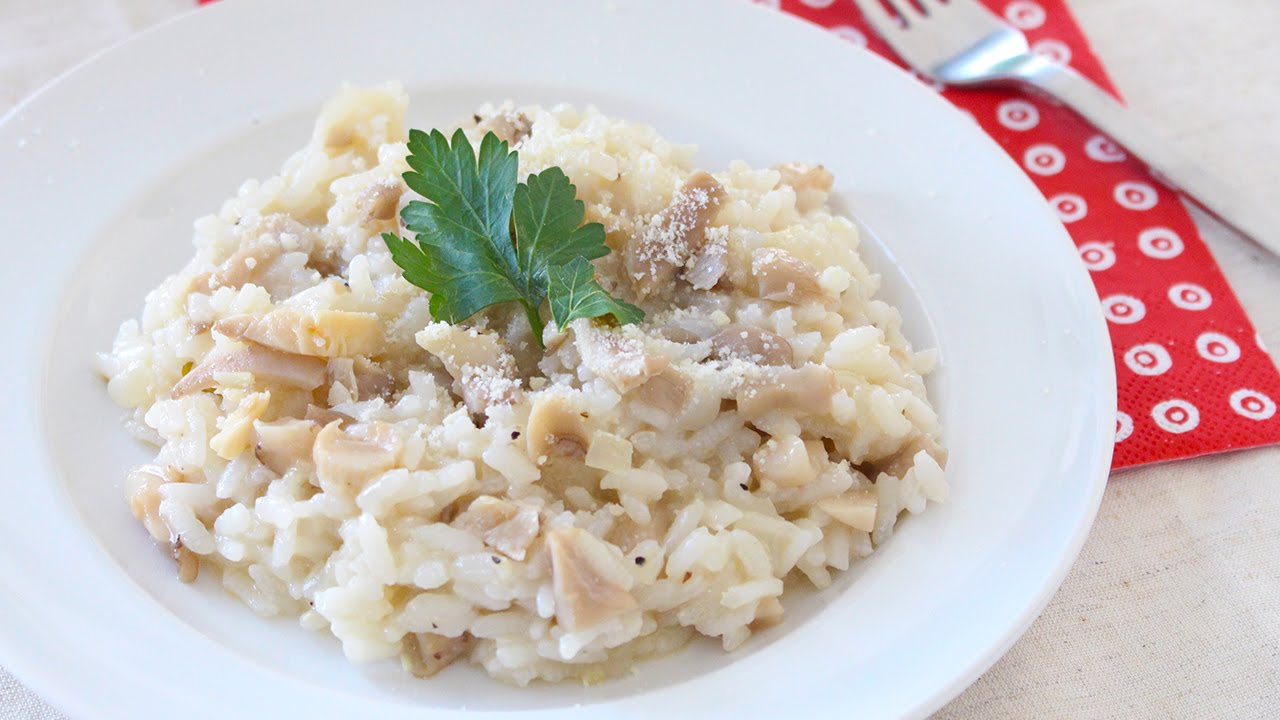
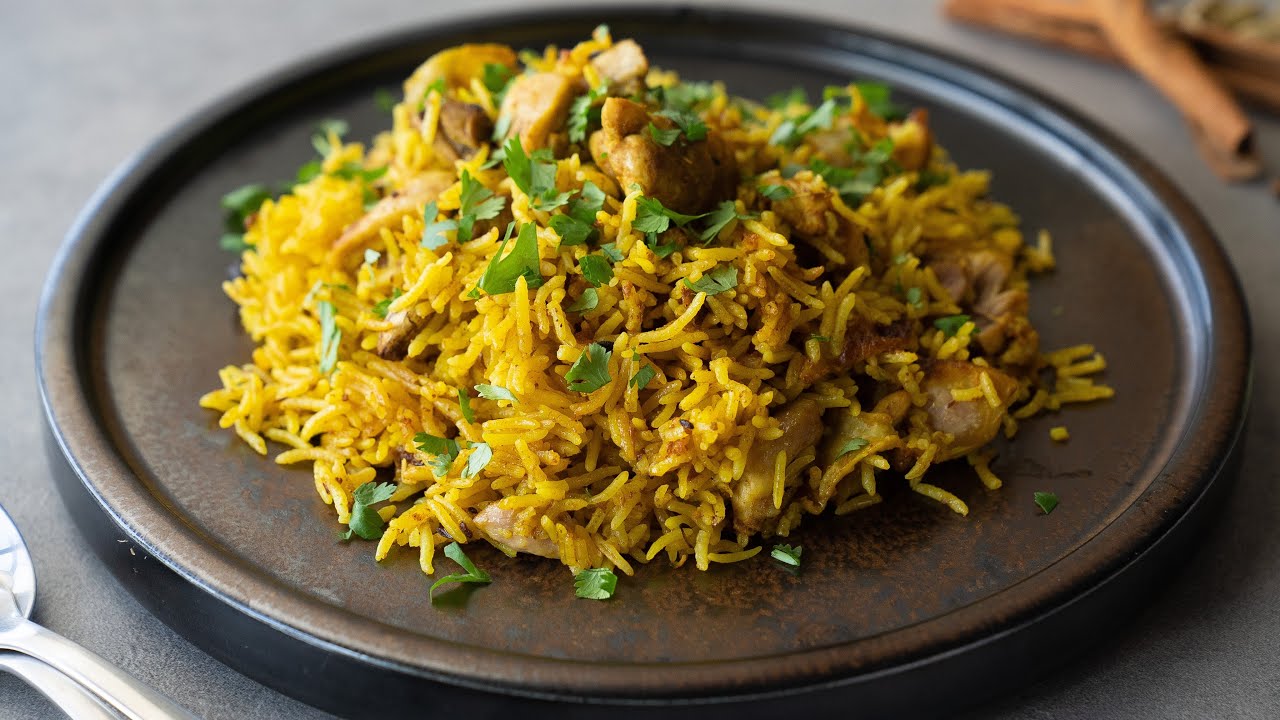
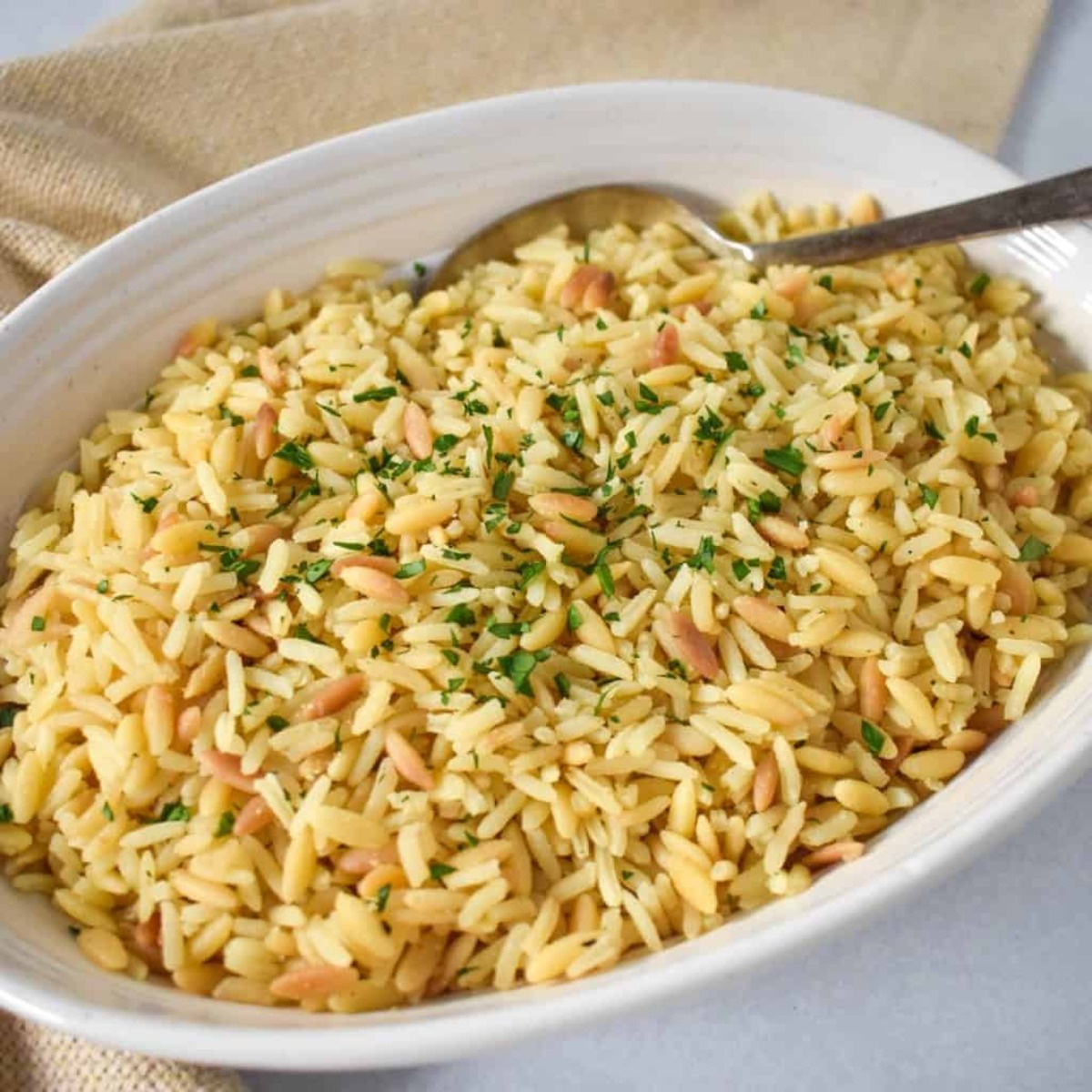

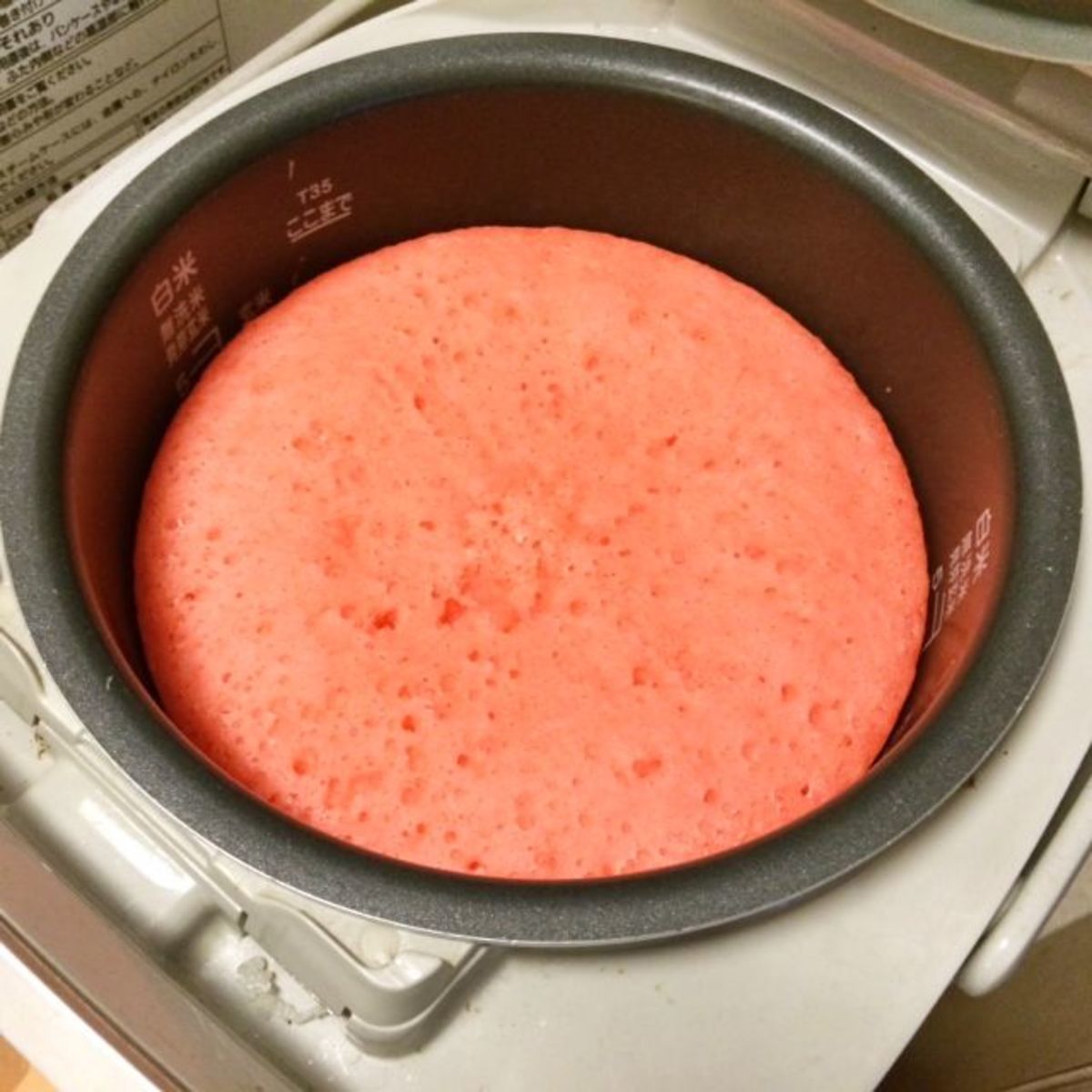
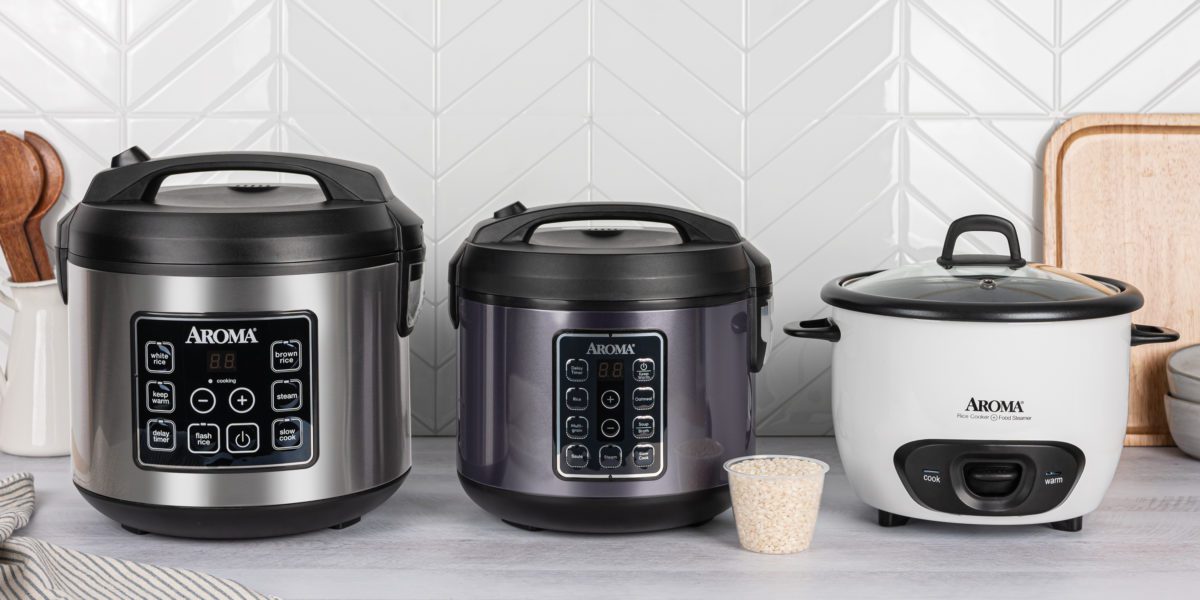
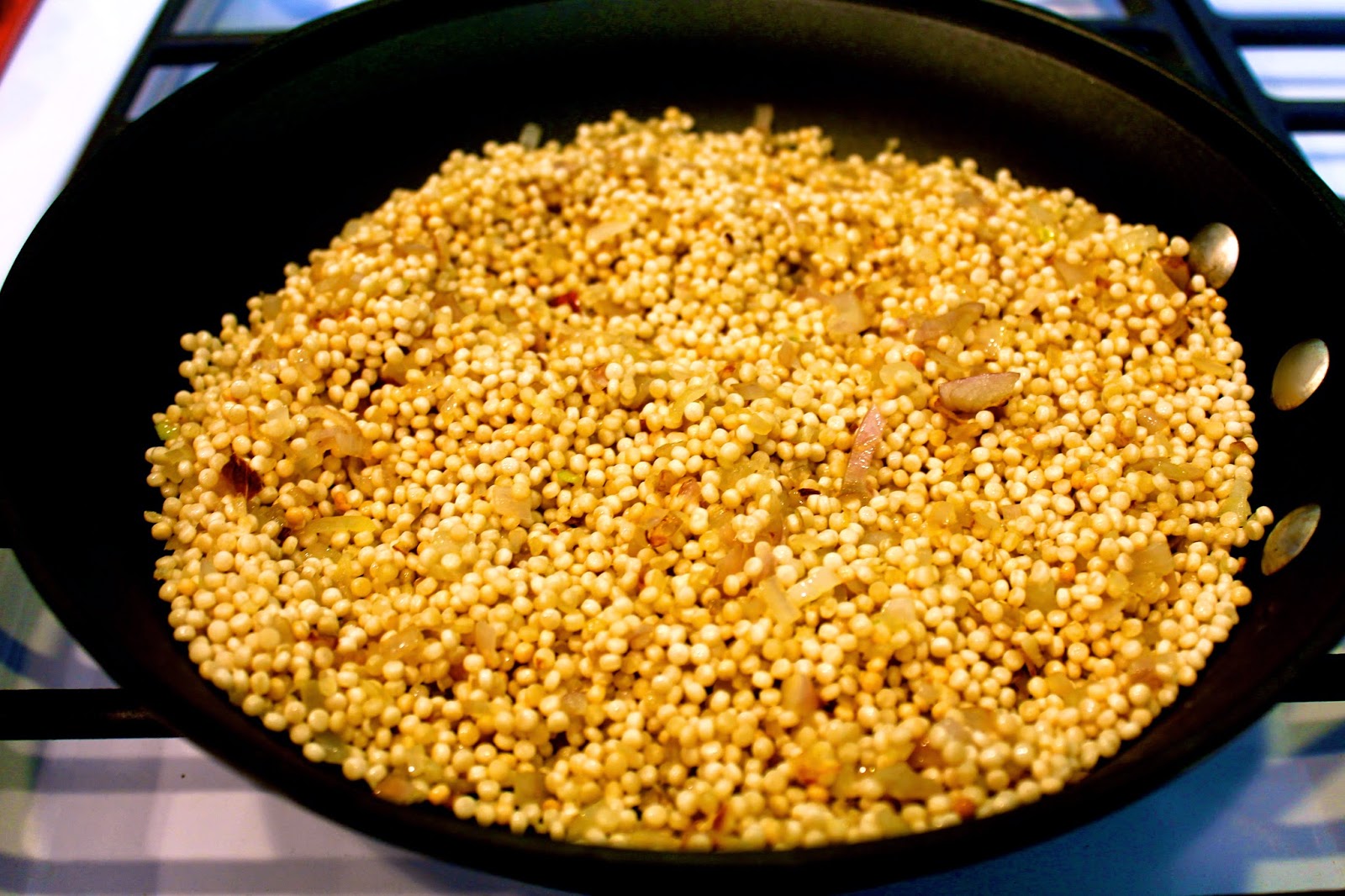
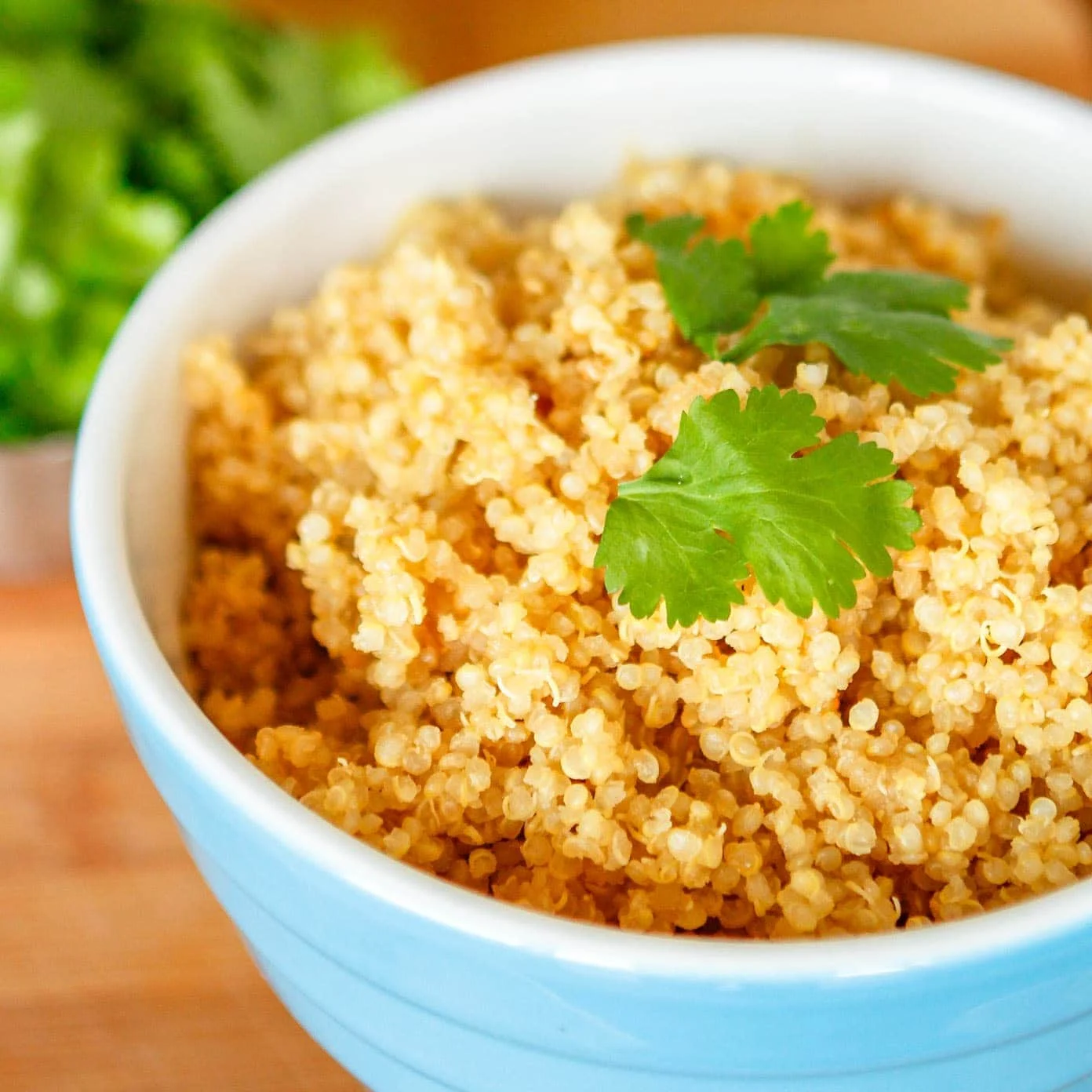
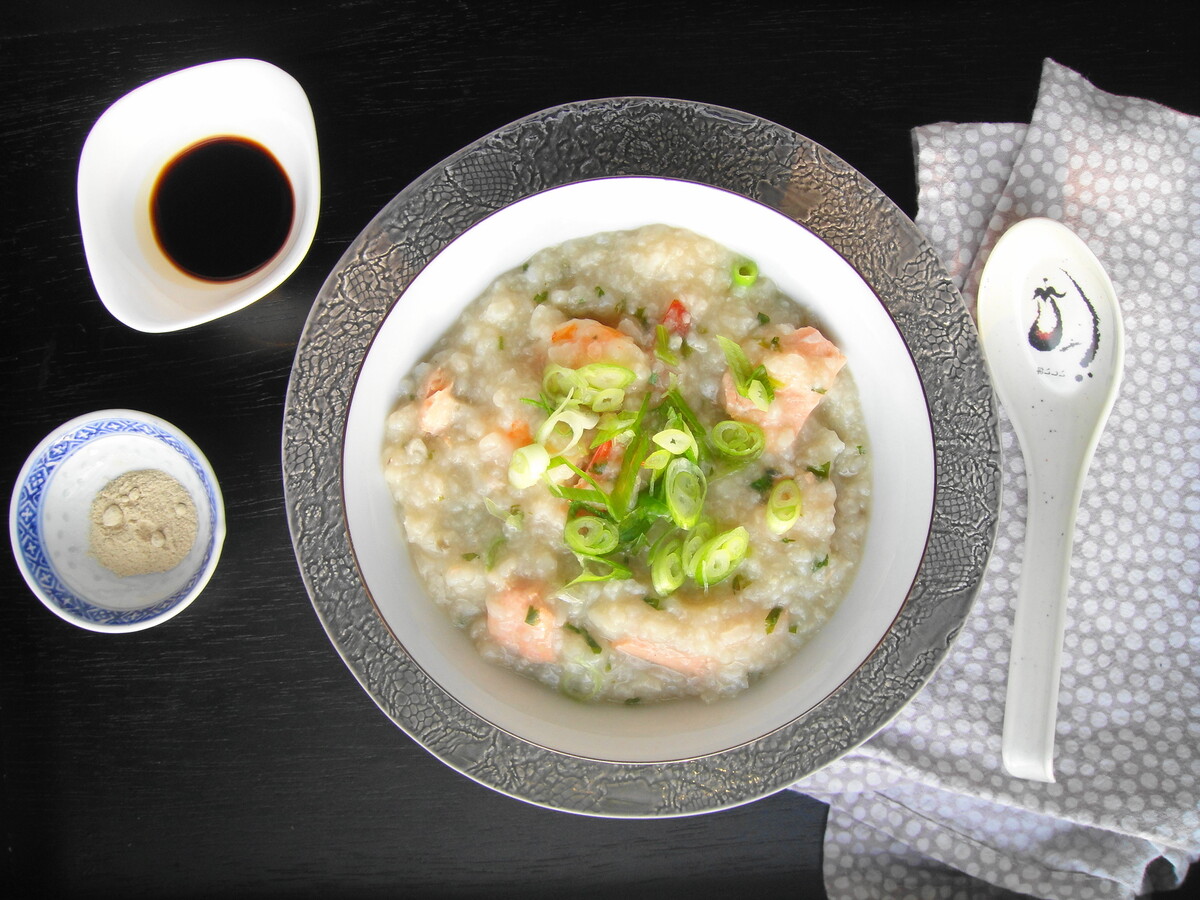
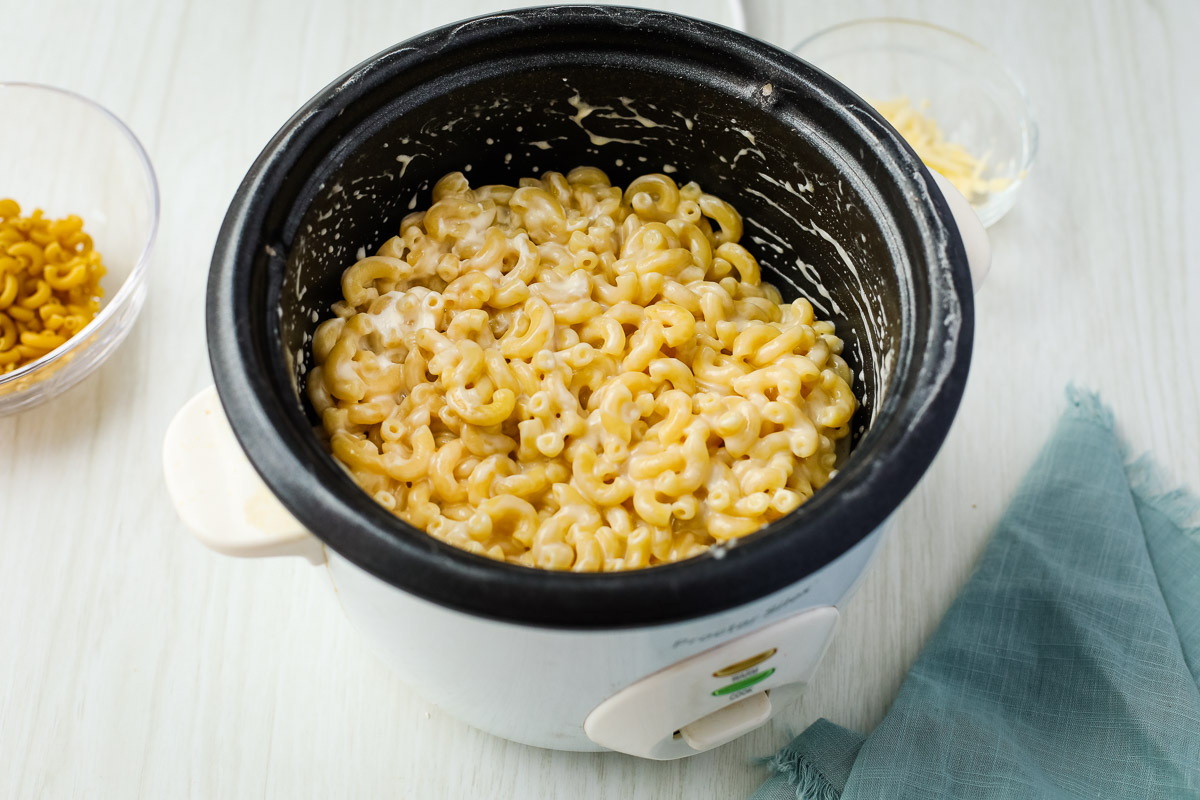
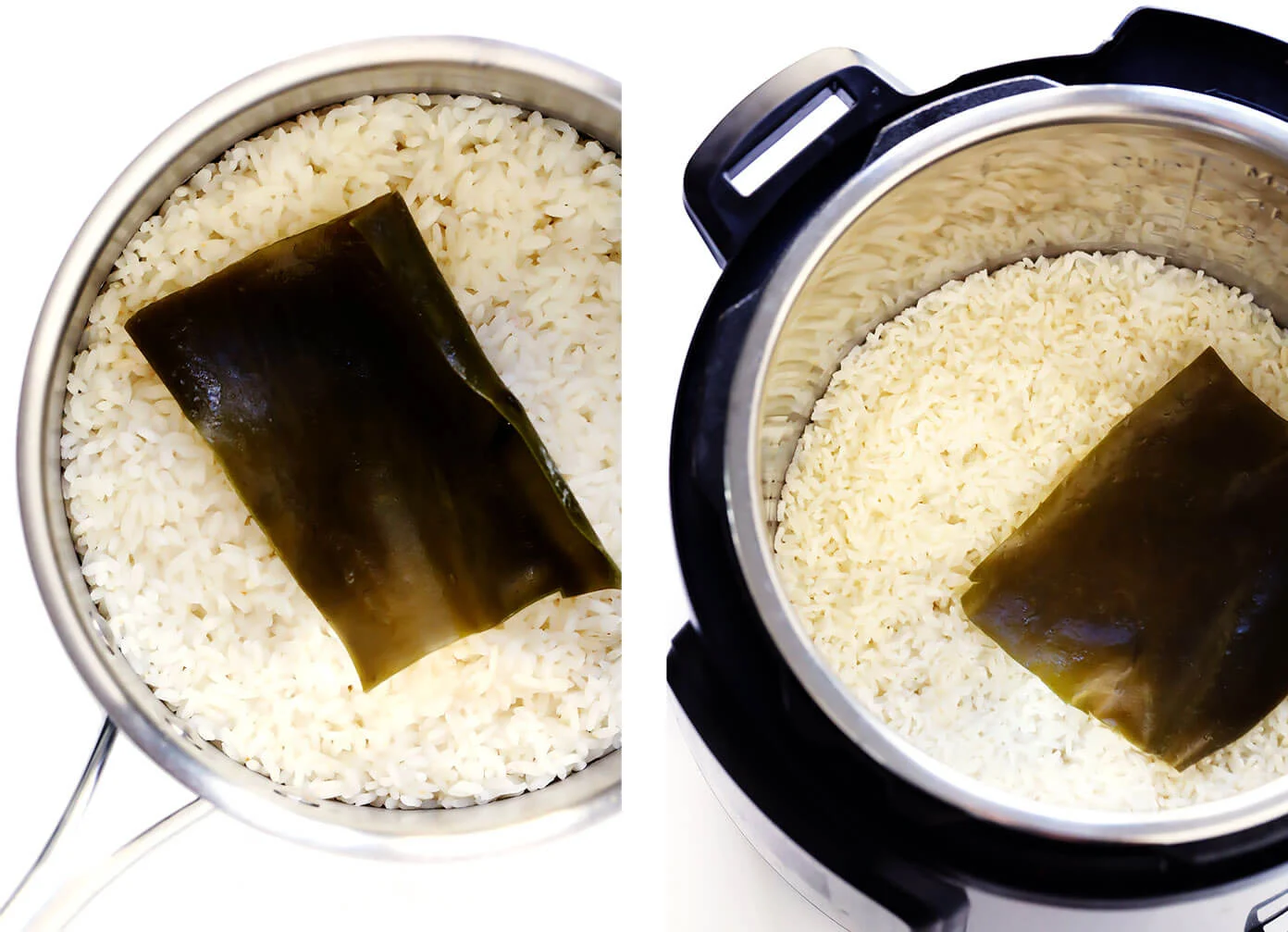
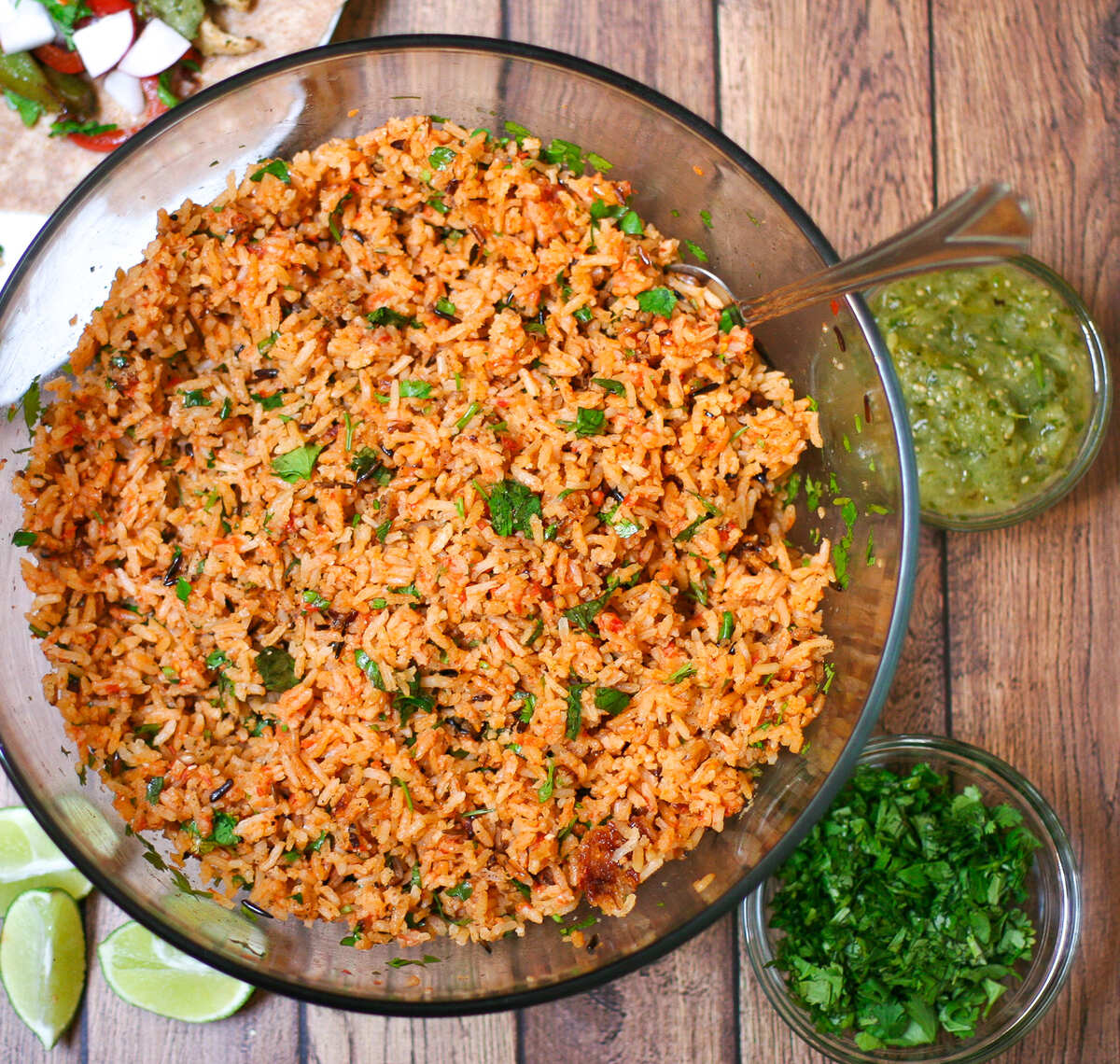
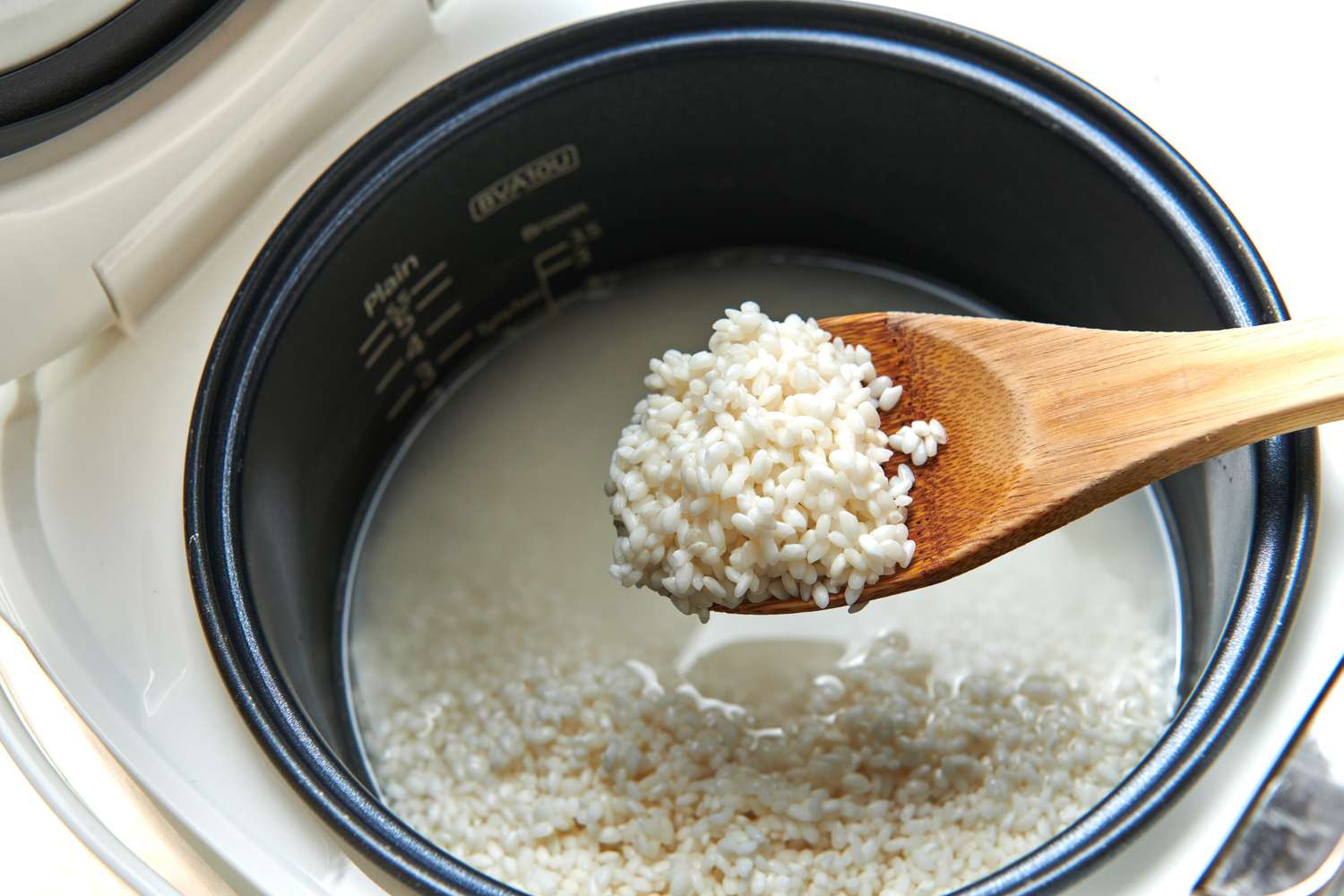

0 thoughts on “How To Make Gaba Rice In Rice Cooker”